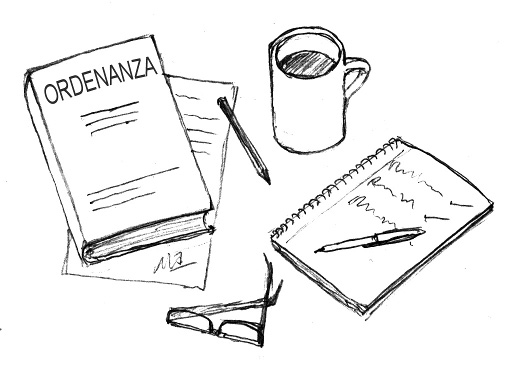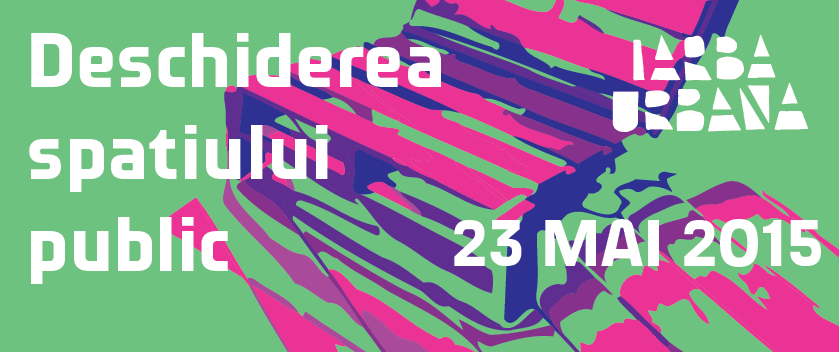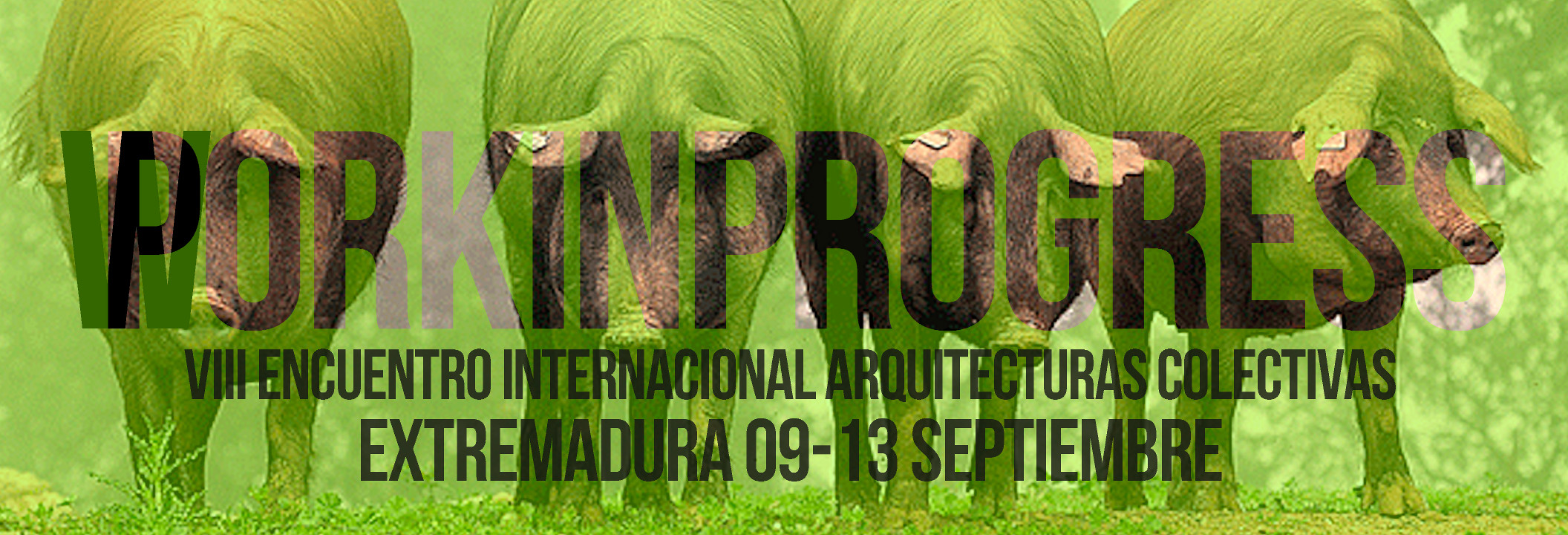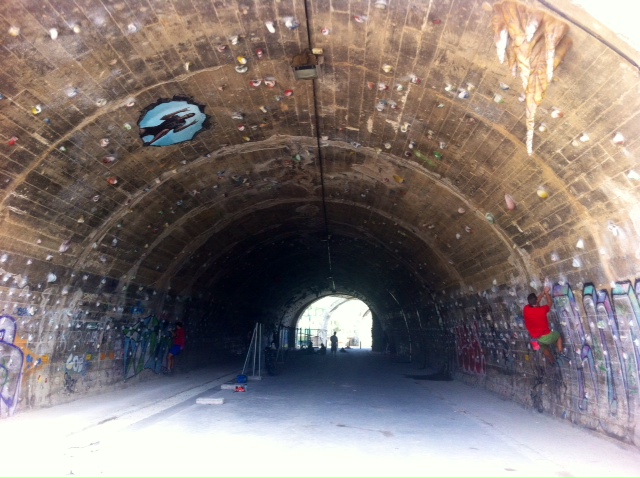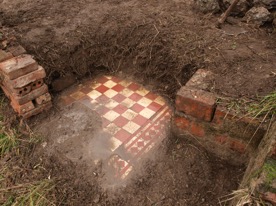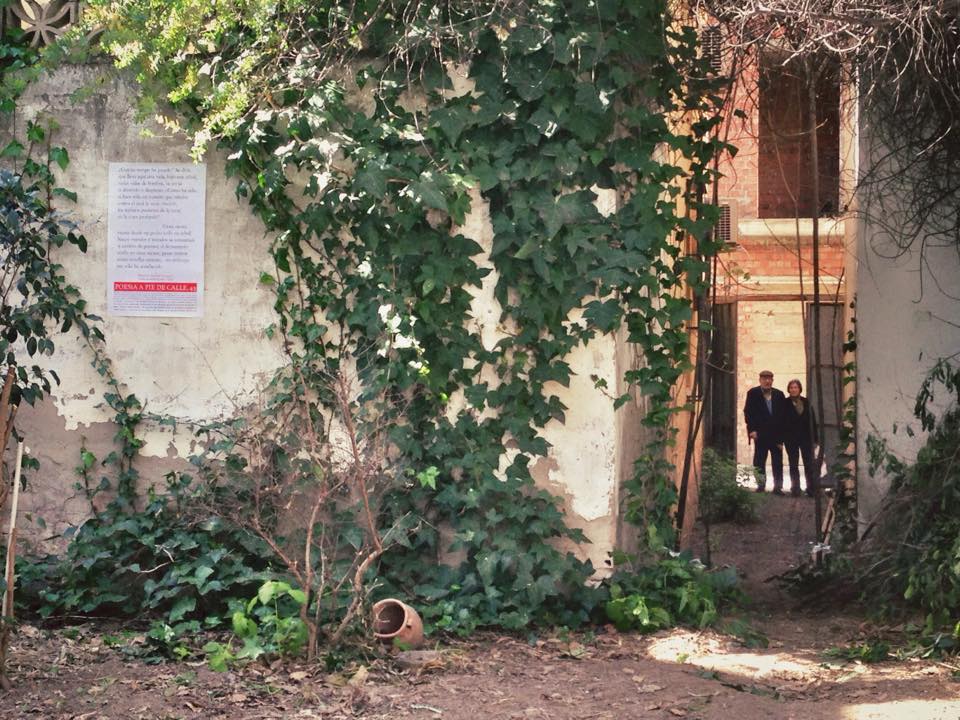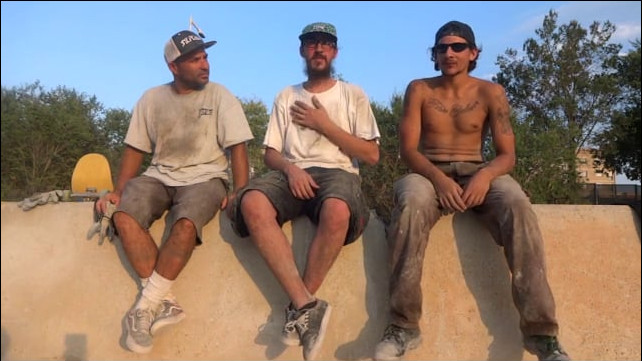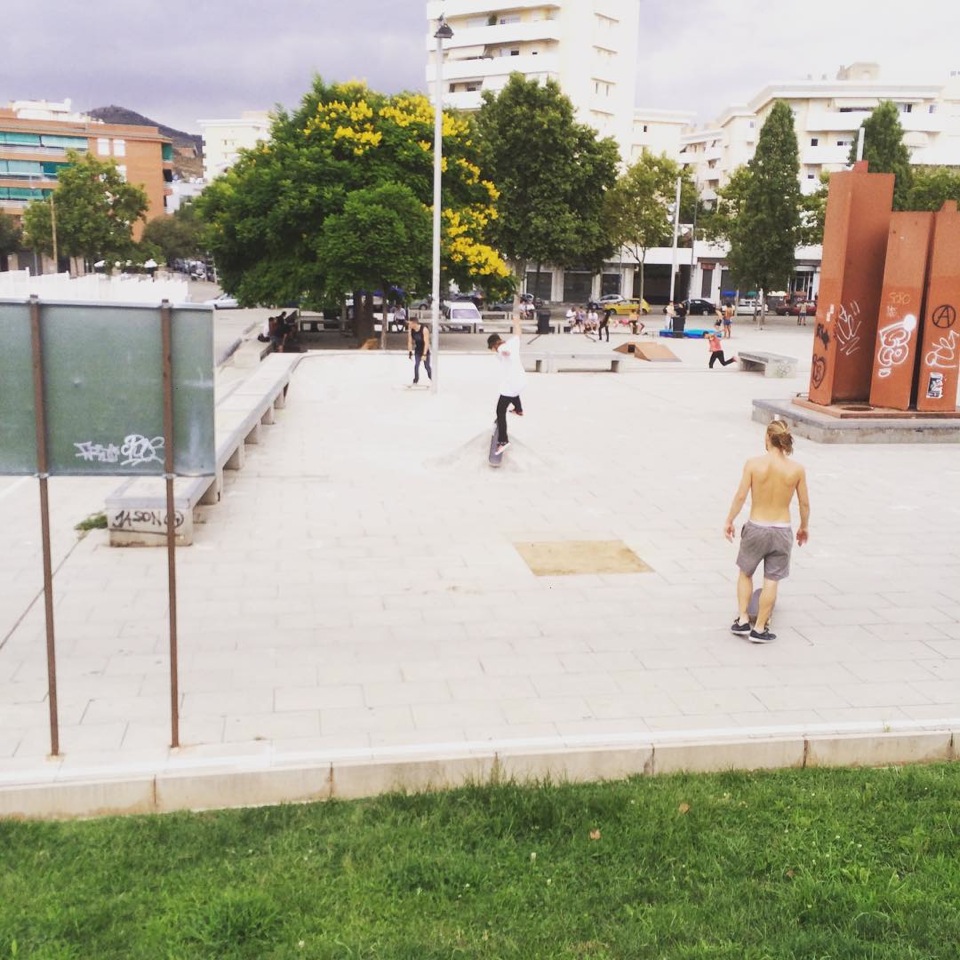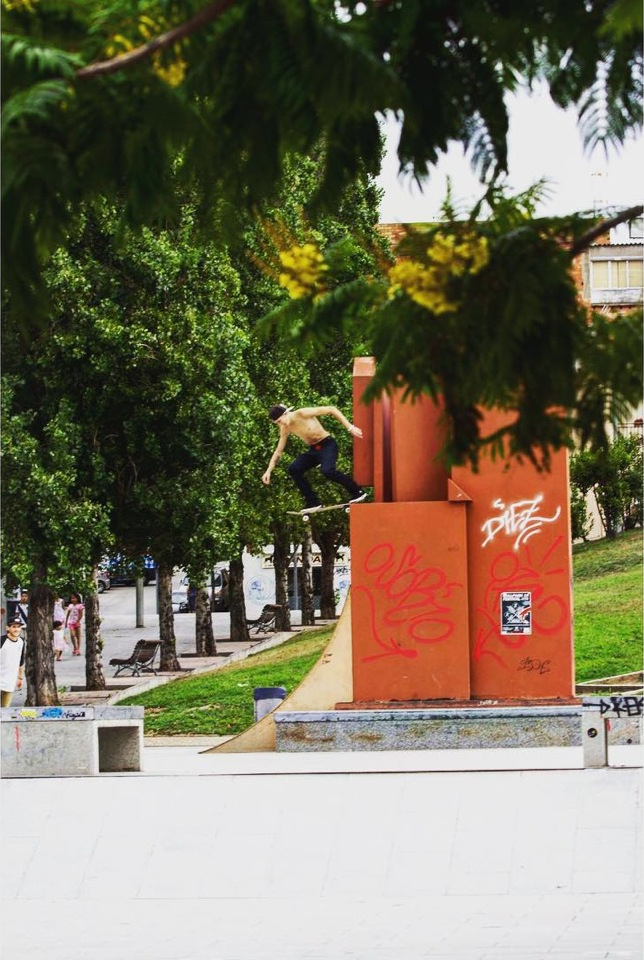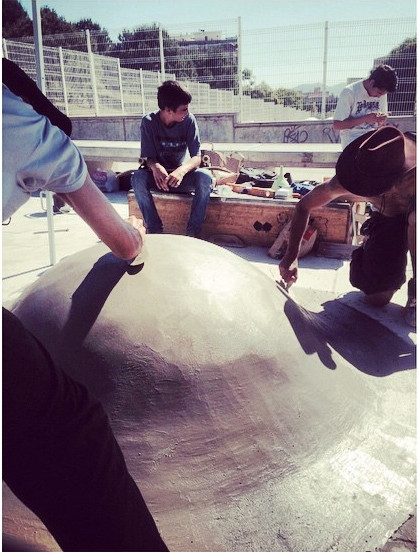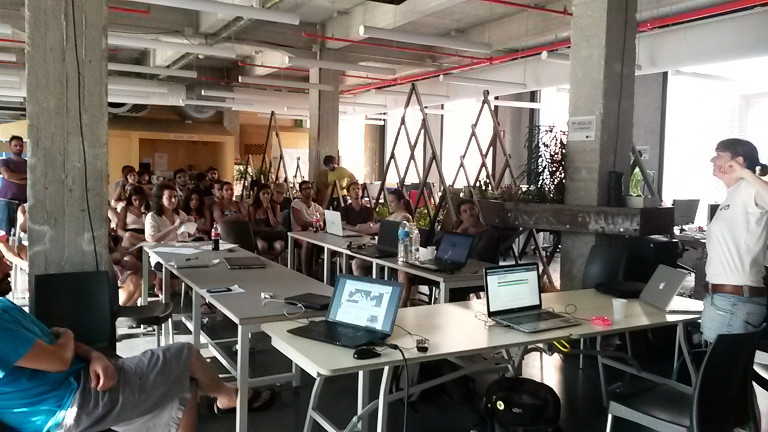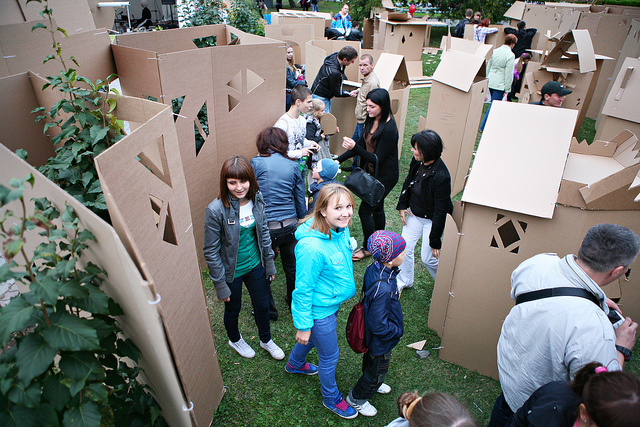1.1 BY-LAW FOR THE USE OF THE PUBLIC THOROUGHFARE (municipal)
The Barcelona City Council “Ordinance for the Use of the Public Thoroughfares and Public Space” is an archetypal by-law regulating activities in public space.
The by-laws that traditionally regulate the use of public space are commonly known as “public space by-laws”, which is the name that we will use in this guide. In Barcelona, the official name of this by-law is the “Ordinance for the Use of Public Thoroughfares and Public Space”, introduced in November 1998. The full text (in Catalan) can be found here.
The Statement of Purpose offers several interesting arguments suggesting that it is intended to be interpreted in a flexible and tolerant manner. These sections are liable to be quoted and used in negotiations, and to that end we include them here:
“The regulation of peaceful co-existence on the streets cannot be implemented in a rigid and predetermined manner, with the exception of some items that must be strictly enforced, such as those pertaining to cleanliness. Citizen activities that affect public space are extremely varied, and often unpredictable.”
“The difficulty in exhaustively and precisely defining what is permitted and what is prohibited does not just arise from the diversity of activities carried out in public spaces. It is also influenced by the historical differences in terms of what is acceptable or appropriate, by the rapid evolution of habits, and by the difficulty in foreseeing the public and private interests that must be reconciled in each case (…) For this reason, the by-laws are intended to be a flexible regulation, based on general clauses, that can be adapted to varying circumstances. In this sense, the by-laws define basic guidelines for behaviour, and trust the administrators and the material enforcers to concretely determine their precise scope.”
1.2 CIVIC BY-LAW (municipal)
The “Ordinance of Measures to Promote and Guarantee Citizen Co-existence in the Public Space” was introduced by Barcelona City Council in 2005 to toughen the conditions imposed in the existing by-law (on the use of the Public Thoroughfare). It became a precursor for subsequent by-laws implemented by City Councils around Spain, supposedly based on the notions of discouraging Anti-Social Behaviour and encouraging Peaceful Co-Existence.
The Civic By-Law is a controversial ordinance intended to regulate the general lines of peaceful co-existence, as Barcelona City Council understood them at the time of drafting, and is justified by its ability to adapt to social changes arising from globalisation. The full text (in Catalan) can be found here.
1.3 REGULATIONS ON PUBLIC ENTERTAINMENT AND RECREATIONAL ACTIVITIES (regional)
“Law 11/2009, of 6 July, on public entertainment and recreational activities” is a law implemented by the autonomous community of Catalonia, but mostly expected to be enforced by municipal governments.
This Law places the emphasis on defining the legislative margins of municipal regulations and by-laws in order to establish additional requirements other than those of a general nature. Generally speaking, public performances and recreational activities, as well as the venues open to the public in which they are carried out, are subject to municipal licences or, in exceptional cases, to authorisation by the Catalan government. Nonetheless, to simplify administrative intervention as much as possible, the Law authorises Catalan government regulations and municipal by-laws so as to establish the obligatory requirement of prior notification in cases where the legislation does not specifically require authorisation or licence, or even to attain exemption from the requirement of a licence or authorisation for specific types of public performances or recreational activities, particularly if they have limited capacity or a special cultural or artistic value.
1.4 LAW REGULATING THE RIGHT TO GATHER AND DEMONSTRATE (national)
“Organic Law 9/1983, of 15 July, regulating the Right to Assembly”.
Article 21 of the Spanish Constitution states that:
1. The right to peaceful, unarmed assembly is recognised. The exercise of this right does not require prior authorisation.
2. In the cases of meetings in places of public transit and of manifestations prior notification shall be given to the authorities, which can only forbid them when there are reasons based on disturbances of public order with danger for persons or property.
This constitutional right is regulated through Organic Law 9/1983, of 15 July, pertaining to the Right to Gather (the full text can be found here).
1.5 TECHNICAL STANDARDS FOR TEMPORARY STRUCTURES (European)
“Spanish Standards for Temporary Structures, Tents, Safety, UNE-EN 13782”, which is the Spanish adaptation of European Standard EN 13782:2005, setting out the guidelines for temporary demountable structures.
The “Spanish Standards for Temporary Structures, Tents, Safety, UNE-EN 13782″, is the Spanish adaptation of European Standard EN 13782:2005, setting out the guidelines for temporary demountable structures.
It is obligatory for the standardisation bodies of the following countries to implement this European guideline: Austria, Belgium, Czech Republic, Cyprus, Denmark, Estonia, Finland, France, Germany, Greece, Hungary, Iceland, Italy, Ireland, Latvia, Lithuania, Luxemburg, Malta, Netherlands, Norway, Poland, Portugal, United Kingdom, Slovakia, Slovenia, Spain, Sweden and Switzerland.
This European guideline sets out the security measures that must be complied with during the design, calculation, manufacture, installation, maintenance, use, verification, and testing of mobile structures and temporary tents with a floor area greater than 50 m2. In the case of tents or temporary structures with a floor level below 50 m2, it is sufficient for the manufacturer to issue a document setting out the behaviour of the covering fabric in the event of fire, and the stability of the structure.
1.6 ORGANIC LAW ON THE PROTECTION OF PUBLIC SAFETY, ALSO KNOWN AS THE ‘GAG LAW’
At the time of writing the last edition of this guide, the Congress of Deputies is debating the new Law on Citizen Safety, which is intended to replace Organic Law on 1/1992, of 21 February, on the Protection of Public Safety, also known as the “Corcura Law”.
For a detailed critical study we recommend the work of the Platform against the Reform of the Criminal Code, the Law of Citizen Safety, and the Law of Private Safety (http://nosomosdelito.net), which we have used as the basis for this short summary that aims to give an initial idea of the possible consequences of the implementation of this law on activities in public space.
1.7 LEGISLATION ON SPORTS AND RELATED ACTIVITIES (national)
“Sports Law 10/1990, of 15 October 1990”




